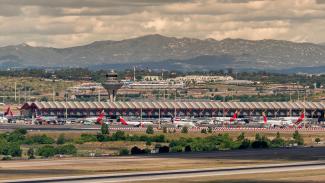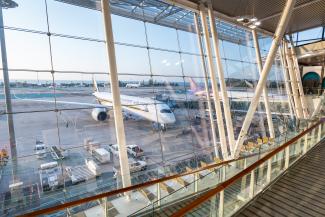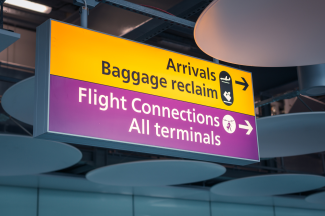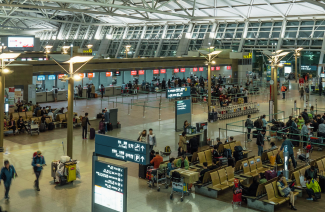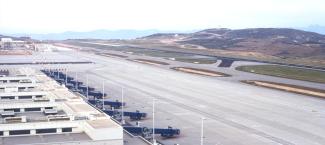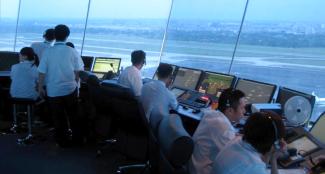On April 28, 2025, Spain experienced an unprecedented nationwide blackout that disrupted power supplies across the entire country for about 12 hours. The event caused a massive interruption of ground public transport and telecommunication services. Yet, remarkably, air traffic operations continued with no major disruptions and without undermining safety in any moment, thanks to the resilience and preparedness of Spain’s airport operators and air navigation service providers.
A national crisis: The blackout overview
The power outage, reportedly caused by a major fault in the European high-voltage transmission grid, began around 12:30 PM local time and lasted several hours in most regions. Critical infrastructure such as hospitals, data centers, and transport systems relied on backup generators and emergency protocols to keep essential services running. However, major public ground transportation systems, including metro and railways, experienced widespread delays and massive service suspensions.
Keeping the skies safe: ENAIRE's response
Despite the scope of the crisis, ENAIRE, responsible for managing over 2 million flights a year, activated contingency protocols immediately. The Area Control Centers and Air Traffic Control Towers across Spain, including Madrid, Barcelona, Seville, and the Canary Islands, switched to autonomous power generators to ensure service continuity. Backup power sources were also used at ENAIRE’s radar and communication facilities located throughout the country to ensure continued surveillance, navigation, and communication services.
Additionally, ENAIRE, in conjunction with Spanish airport operator AENA, implemented reduced-capacity air traffic operations to prioritize safety, increasing separation between aircraft in case of failures to the contingency power supplies.
While delays were inevitable given the magnitude of the event, no airspace closures and no safety incidents were reported. ENAIRE coordinated closely with EUROCONTROL and neighboring air navigation service providers to reroute and adjust traffic flows as needed.
Quantifying the impact
Throughout the day, ENAIRE operated at around 70–75% of nominal capacity to ensure safe separation and maintain system stability. This capacity limit was lowered to 20-30% at certain airports and control centers on a need basis, to always ensure full situation awareness by air traffic controllers. These constraints were a consequence of a combination of capacity shortfalls at the airport level and punctual communication failures between CNS infrastructure located in remote areas and the Control Centers, due to failure of the national power grid.
The Spanish Government officials cited around 350 cancellations, out of the nearly 6.000 flights scheduled in the country on April 28th, representing only 5% of operations.
Delays were widespread yet contained, with Madrid experiencing average departure delays of 34 minutes per flight by 5 p.m. local time. Barcelona saw departure delays averaging 27 minutes per flight.
Eurocontrol estimates the total impact of Air Traffic Flow Management (ATFM) delays for the entire European network attributable to the outage at 60.000 minutes.
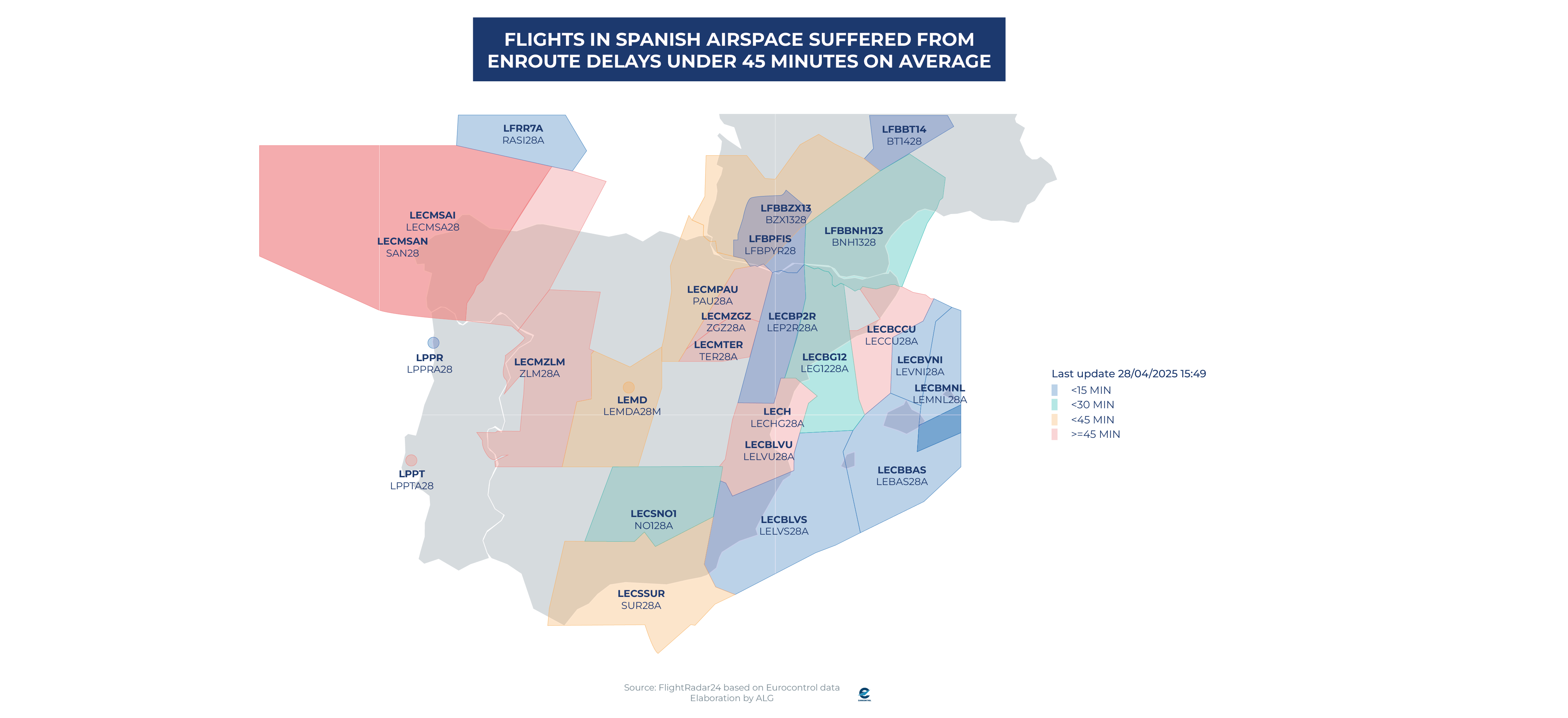
Although the blackout affected air traffic, the impact was contained, especially if we compare other situations created by power outages at airports and air traffic control premises in the past:
- Heathrow Airport Closure (March 2025): A fire at a nearby electrical substation caused a power outage, leading to the cancellation of over 1,300 flights and affecting approximately 300,000 passengers. The airport remained closed for about 18 hours, and the incident prompted scrutiny over the airport's resilience measures.
- Philippines Airspace Closure (January 2023): A technical glitch in the air traffic management system led airspace closure and the suspension of flights across the country, affecting around 65,000 passengers and causing widespread disruptions.
Spain’s experience on April 28 demonstrates that air traffic can remain operational during national emergencies, provided the right infrastructure and contingency planning are in place.
Air vs. ground transport – A comparison
Other transport modes fared worse during the blackout. Urban rail and metro systems in Madrid, Barcelona, and Valencia were halted for hours. High-speed trains (AVE) suffered significant disruptions, with some lines suspended entirely. Road traffic also became chaotic as traffic signals failed in major cities, increasing accident risk and congestion.
Meanwhile, the skies above remained structured, coordinated, and safe.
Conclusion: a testament to ATM resilience
The Spanish nationwide power outage of April 28 served to test the resilience and robustness of Spain’s Air Traffic Management (ATM) system. The lesson learned can bring invaluable intelligence to the design and validation of other national contingency plans, demonstrating that the right decisions on strategic investments in system redundancy, infrastructure architecture, contingency planning and staff preparedness make the difference when the ATM system is subject to such a critical event.

